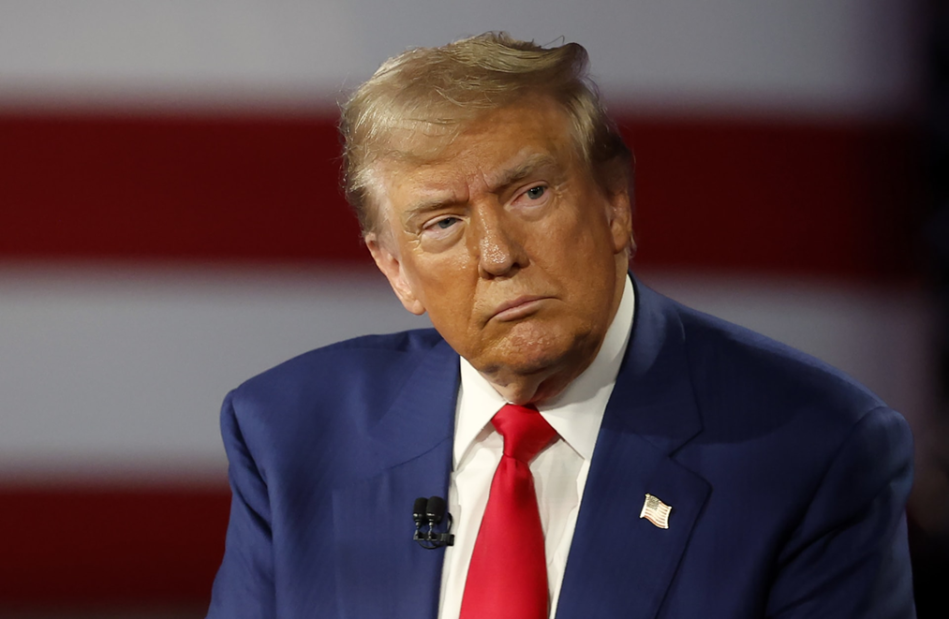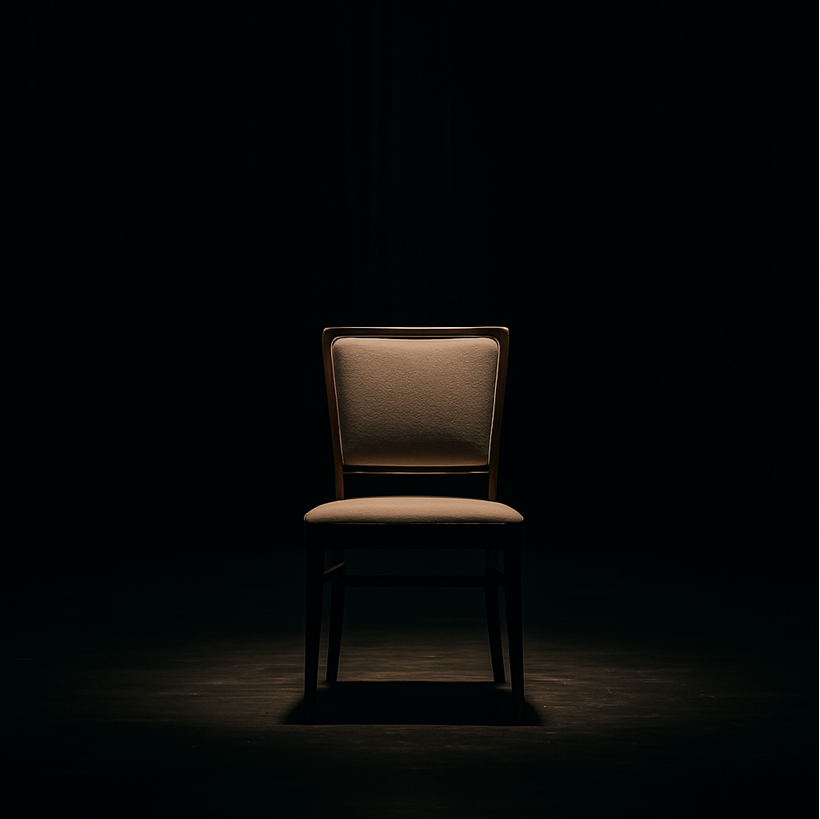Iranian children stoning Khomeini and Khamenei (video) on the 43rd anniversary of the revolution... A tragic end for Khomeini's companions
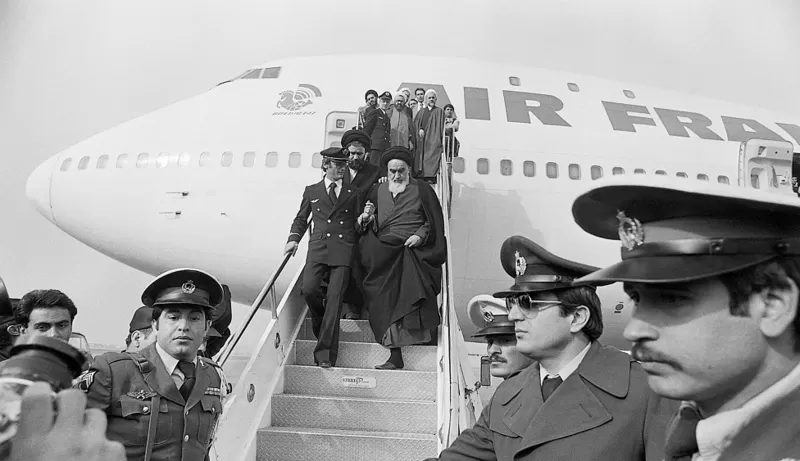
Beth: On the occasion of the anniversary of Khomeini's coming in February 1979, the ruling clique in Tehran is trying to celebrate and glorify that anniversary.
The paradox, however, is the emergence of a generation that hates the system.
And spread on the communication sites many clips showing the degree of hatred for the mullahs, and the desire to change a regime that would change the lives of Iranians from misery to comfort, like their neighbors in the Arab Gulf states.
This is Iran's current situation.. fire under the ashes

On February 1, 1979, Khomeini returned to Tehran from his exile in France, accompanied by a group of his close allies.
When looking at a picture of Khomeini upon his return to Iran, he is surrounded by a group of his closest allies. Where are they now?
When searching for their fates, we encounter a paradox that most of them were killed in subsequent years.
These were the victors at the moment of Khomeini's revolution. However, as it is usually said that revolutions devour their children - and what begins with betrayal and for a purpose other than the interest of the nation, his condition is present even with the closest people to him - many of them fell after a short time in the post-revolutionary developments and disappeared from the scene of international politics To keep only one of them. Here we are trying to review the fate of this group of people who returned to Iran with Khomeini 43 years ago.
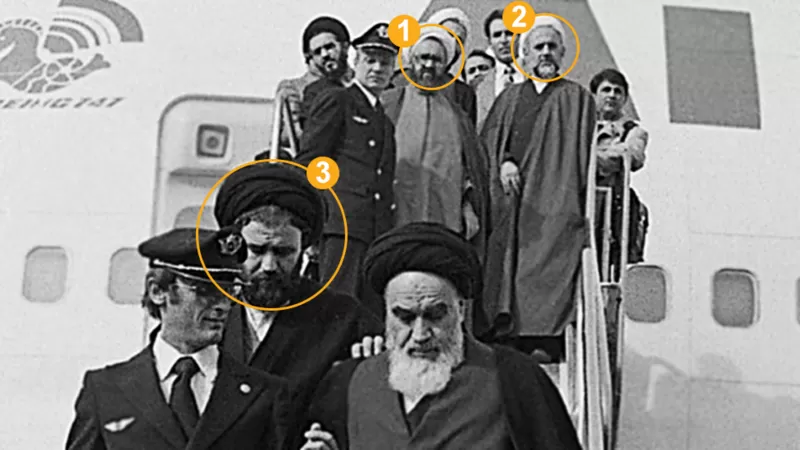
The fate of the comrades of Khomeini's revolution
1- Morteza Motahari: Motahari had a great influence on the ideology of the Khomeinist revolution as one of its ideologues and one before the fall of the Shah’s regime, but he was assassinated on May 1, 1979 in Tehran. And the mullahs' media announced that a group called "Al-Furqan" had carried out the assassination.
2- Hassan theologian of Ashkouri: Ashkouri was a close ally of Khomeini, but immediately after the revolution he became closer to Iranian President Abul-Hassan Bani-Sadr, and he disagreed with Khomeini (who became the supreme leader). Two years after the revolution, Ashkouri was taken to prison and died there days later. His family says he was poisoned.
3- Ahmad Khomeini: Khomeini is described as being his right hand. He died in March 1995 of heart disease - according to what was announced.
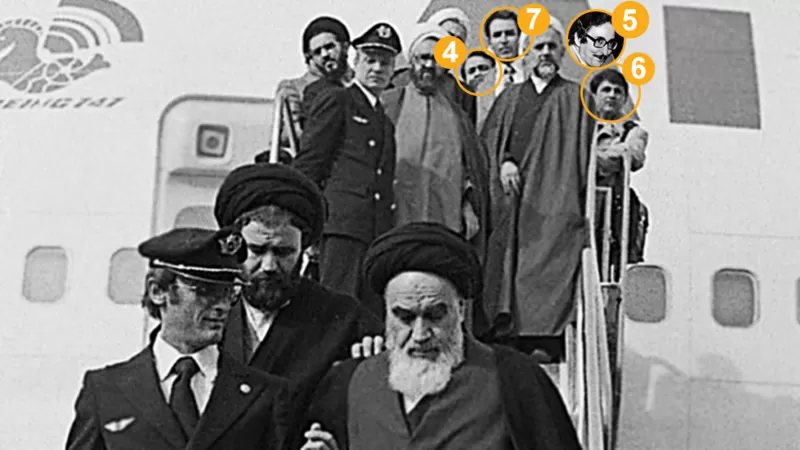
4- Sadeq Ghotbzadeh: Iranian Foreign Minister after the revolution until August 1980. He was executed in September 1982, after being accused of plotting to assassinate Khomeini and overthrow the regime.
5- Abul-Hassan Bani-Sadr:One of the staunch supporters of the revolution - his photo has been added - The first president in Iran after the revolution. He fled Iran and lived in Paris, and died in 2021. The Iranian parliament (Majlis) withdrew confidence from Bani Sadr in his absence on June 21, 1981, and removed him from his post, on charges of rapprochement with an opposition group.
6- Sadeq Tabataba’i: Ahmed Khomeini’s brother-in-law. He held a number of government positions after the revolution, including Deputy Prime Minister in the government of Mehdi Bazargan, but he later distanced himself from politics. He died of lung cancer in Germany, where he resided in his final years, in February 2015.
7- Dariush Vohrer: He may also be present in the picture, as he is believed to be the person whose head is partially shown in the back. He was opposed to the formation of a government of the mullahs and was assassinated with his wife in 1998 by what the mullahs' media described as "rogue elements".
They accompanied Khomeini on the plane that brought him back to Iran on February 1, 1979, and became victims of the political developments after the revolution. Two were assassinated and one executed, another died in "mysterious circumstances" and one of them lived in exile until he died.
The irony here is that almost all of them, including the Khomeini family, distanced themselves from the country's ruling elite later on.
Today, Iran is ruled by a different group, and none of them is close to Khamenei (the current Supreme Leader), who is also pictured.
